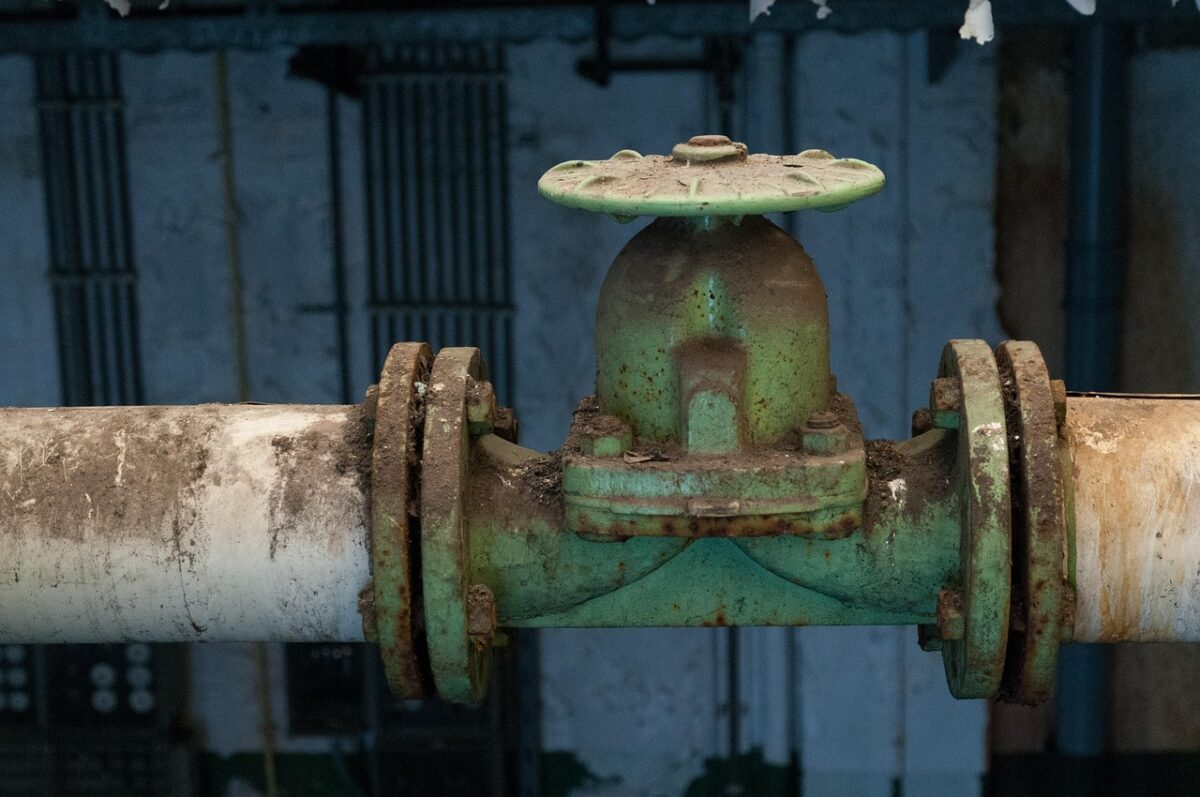Why CIPP is the Future of Sewage Repair and Pipe Rehabilitation

Asking “why CIPP?” is certainly a legitimate question. What makes this option so much better than the alternative? In this guide, we will go into more detail about what CIPP has to offer. By the end, you should have all the information to understand just why this solution is the future of pipe care.
What Is It?
Cured-in-Place Pipe is a trenchless rehabilitation method that allows contractors to repair existing pipelines without the need for excavation. The process involves inserting a resin-saturated liner into a damaged pipe, inflating it, and curing it in place using steam, hot water, or UV light. The result is a seamless, jointless, and corrosion-resistant new pipe lining inside the original pipe.
CIPP can be used on a variety of pipe materials, such as clay, cast iron, PVC, and concrete. It is suitable for diameters ranging from a few inches to several feet.
Why the Industry Is Moving Toward CIPP
There are clear reasons for this shift. Here are a few of them:
- Minimally Invasive and Non-Destructive: it eliminates the need for open trench digging. Roads, sidewalks, landscaping, and buildings can remain untouched while repairs are made underground.
- Faster Installation and Reduced Downtime: CIPP projects can often be completed in a matter of hours or days, not weeks. Since there’s minimal surface disruption, there’s also less need for traffic rerouting, business closures, or utility service interruptions.
- Cost-Effective over the Long Term: While the upfront cost of CIPP might appear higher than basic patchwork repair, the overall savings in excavation, labor, restoration, and long-term performance make it a financially smart choice. Fewer repairs, longer service life, and less disruption all contribute to reduced lifecycle costs.
- Extended Pipe Lifespan: CIPP liners are engineered to last 50+ years. They restore structural integrity, resist root intrusion, and stand up to chemical corrosion.
- Environmentally Friendly: With little to no digging involved, CIPP drastically reduces the carbon footprint compared to conventional dig-and-replace methods. There’s less heavy equipment, less debris sent to landfills, and minimal disruption to surrounding ecosystems or neighborhoods.
The Future Outlook: Why CIPP Is Here to Stay
As urban infrastructure continues to age and environmental concerns mount, trenchless technologies like CIPP will become even more essential. Public works departments, civil engineers, and industrial maintenance teams are increasingly adopting CIPP for its speed, cost savings, and reliability.
Advancements in materials, like UV-curable resins, robotic cutter tools, and pressure-rated liners, are expanding the capabilities of CIPP to serve more complex systems and applications. The ability to line pressurized pipelines is also emerging.
CIPP as a whole has very few limitations. It certainly works well for sewage lines. However, it can also work for municipal systems and so much more.
Why CIPP? A Smarter Way to Fix Pipes
CIPP methods do more than just make a quick repair. These are strategic solutions that provide infrastructure sustainability you might not otherwise have. Rehabilitate systems quickly, cleanly, and cost-effectively thanks to this modern solution. It’s the future of pipe repair because it works, and it does so with minimal disruption or downtime. Contact us today to discuss your needs.